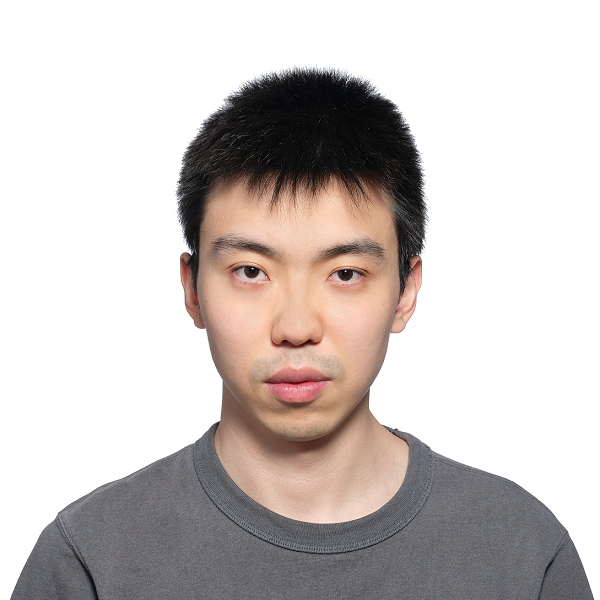6.S978 Deep Generative Models
MIT EECS, Fall 2024 |

Course Description
This is a seminar course that introduces concepts, formulations, and applications of deep generative models. It covers scenarios mainly in computer vision (images, videos, geometry) and relevant areas such as robotics, biology, material science, etc. It focuses on the common paradigms and methods shared across different problems and disciplines. Core topics include variational autoencoders, autoregressive models, generative adversarial nets, diffusion models, as well as their applications. It covers foundational frameworks and latest research frontiers.This is a graduate level course. The target audience of this seminar course is graduate students who are conducting (or plan to conduct) research on deep generative models.
Prereqs: DL 6.S898 (now 6.7960) or equivalent, and CV 6.8300/6.8301 or NLP 6.8610/6.8611
Schedule Piazza Canvas
People

|
Instructor: Kaiming He OH: Monday 11-12am, 45-701H |

|
TA: Minghao Guo OH: Friday 12:30-13:30pm, 32-262 |
Logistics
- Lectures and class meetings: 1:00 pm - 2:30 pm every Tuesday and Thursday in 26-168
- The course will be a mix of of instructor-presented lectures, guest lectures, and student seminars.
- The student seminars will include paper reading, presentation, and discussion.
- Each seminar session will have 3 papers presented by students.
Expectations
Students will be expected to:- Attend all lectures and seminars
- Complete bi-weekly problem sets
- Present one paper in a semniar session: 20 min presentation + 10 min discussion and QA
- Register your slot one week before presentating
- Upload your presentation slides one day before presentating (before 1pm on Mon/Wed)
- Complete a final project and a project presentation (max 2 students in a team)
Grading Policy
- 30%: Bi-weekly problem sets and participation (including attendance)
- Possible grades: Good, Fair, Poor, None
- Two lowest grades will be dropped
- Late assignments not accepted (except for serious medical/life issues, with support from GradSupport for grad students)
- 30%: Seminars
- 5%: Register and upload on time.
- 20%: Presentation: clarify, depth, engagment.
- 5%: Discussion and QA.
- 40%: Final project (max 2 students in a team)
- 5% Proposal
- 15% Final presentation
- 20% Final blog
- Generative Modeling by Estimating Gradients of the Data Distribution, by Yang Song
- Perspectives on diffusion, by Sander Dieleman
- Diffusion Models for Video Generation, by Lilian Weng
- The AI Revolution: The Road to Superintelligence, by Maarten Steinbuch
- Understanding LSTM Networks, by Christopher Olah
- The Unreasonable Effectiveness of Recurrent Neural Networks, by Andrej Karpathy
-
The final report will be in the form of a blog post. It should be written in a way that is
accessible to a general audience, and should be introductory and educative.
Example blogs: